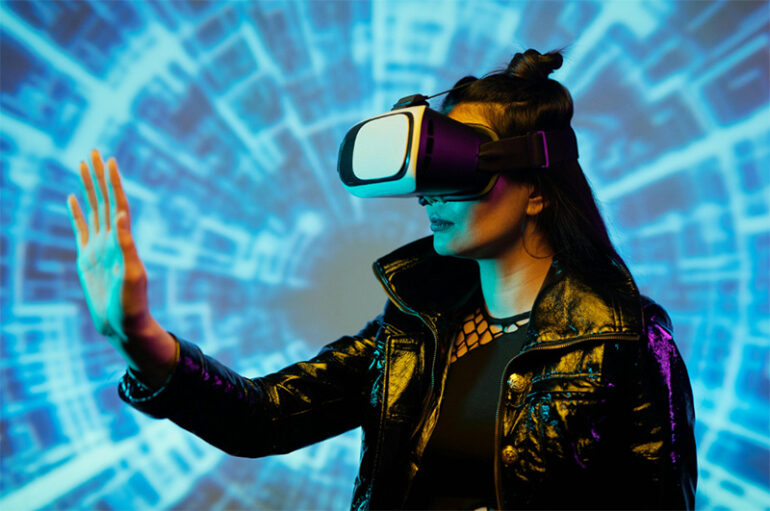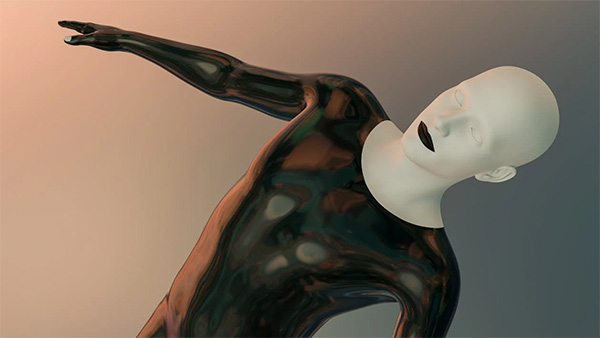With the development of digital technology, which has also totally changed the art business, unmatched creativity has also come. These days, artists employ augmented and virtual reality as strong instruments to explore a wide range of creative options and go beyond conventional limits. This development allows the use of immersive experiences that completely rethink the art scene to blur the lines between the actual and virtual worlds. Collaboration between VR and AR might completely transform the way art is transmitted and send viewers and artists on previously unheard-of creative and discovery adventures.
The Evolution of Art in the Digital Age
Together with completely changing the art industry, the digital age has brought in a new period of creativity and invention. Virtual and augmented reality enable artists to explore countless opportunities and break free from conventional limitations when combined with other as yet undiscovered technology. Through until unheard-of immersive and interactive interactions, this innovation has transformed not just the production and consumption of art but also the boundary between the actual and virtual worlds.
Virtual Reality: Redefining the Art Experience
Virtual reality has totally changed the art market as it provides artists with a dynamic platform to interact with their audiences in ways that were unthinkable a few years ago. Virtual reality transforms the conventional art experience with totally immersive and interactive settings that go beyond physical limitations and allow spectators to actively participate in the artistic process. Apart from challenging received knowledge about art, contemporary technology offers an infinite number of creative expression options.
Augmented Reality: Bridging the Gap Between Physical and Digital Art
Augmented reality removes the lines between digital and physical art by enabling one to easily incorporate virtual components into real-world situations. The ability of augmented reality artists to convert commonplace locations into immersive galleries changes how viewers see art and their surroundings. Cutting edge technology that provides a new level of creative expression connects modern and classic art traditions. Moreover, this smooth integration of augmented reality into daily surroundings improves cultural accessibility so that more people may interact with art in familiar surroundings without having to attend conventional galleries or museums. AR technologies open the path for democratizing art as they proliferate, therefore transforming the public sphere where viewers may not only see but also engage with and affect the artistic creations.
The Future of Art: Exploring New Possibilities with VR and AR
The combination of virtual and augmented reality appears to completely alter the creative environment with regard to the future of art. Since technology is always developing, artists are in a position to push the bounds of creativity and imagination and discover new creative horizons. VR and AR immersion and interactivity allow viewers and artists to go on previously unthinkable creative and adventurous adventures.
Modern artists’ capacity to push limits and go into previously unimagined creative domains made feasible by technology like virtual and augmented reality has undoubtedly completely changed the art industry. Once this technology develops considerably further, art will be able to provide immersive, interactive experiences that obfuscate the boundaries between the actual and virtual worlds. Every development shapes the creative atmosphere in ways that spectators and artists on an engaging and imaginative journey have never seen before.
Photo Attribution:
1st & featured image by https://www.pexels.com/photo/woman-in-cyberspace-4389794/ 2nd image by https://www.pexels.com/photo/3d-render-of-a-mannequin-in-a-latex-costume-12719395/

